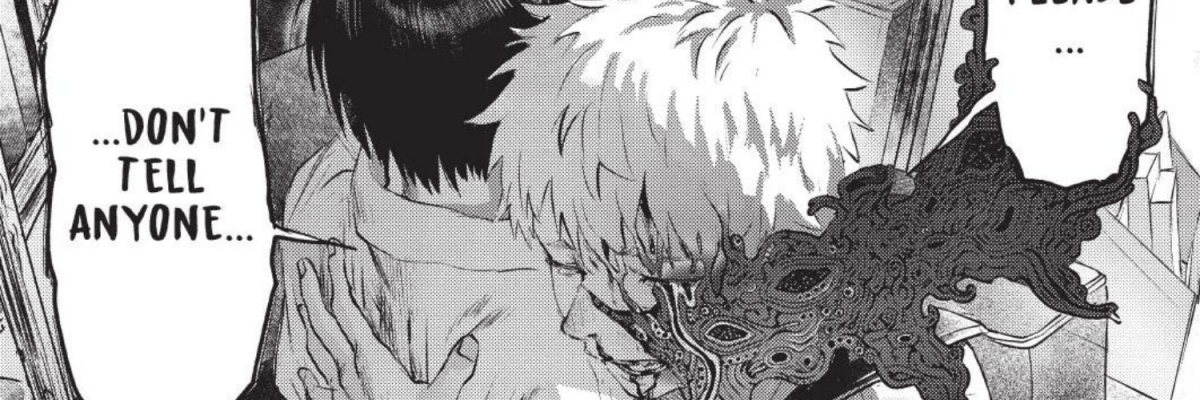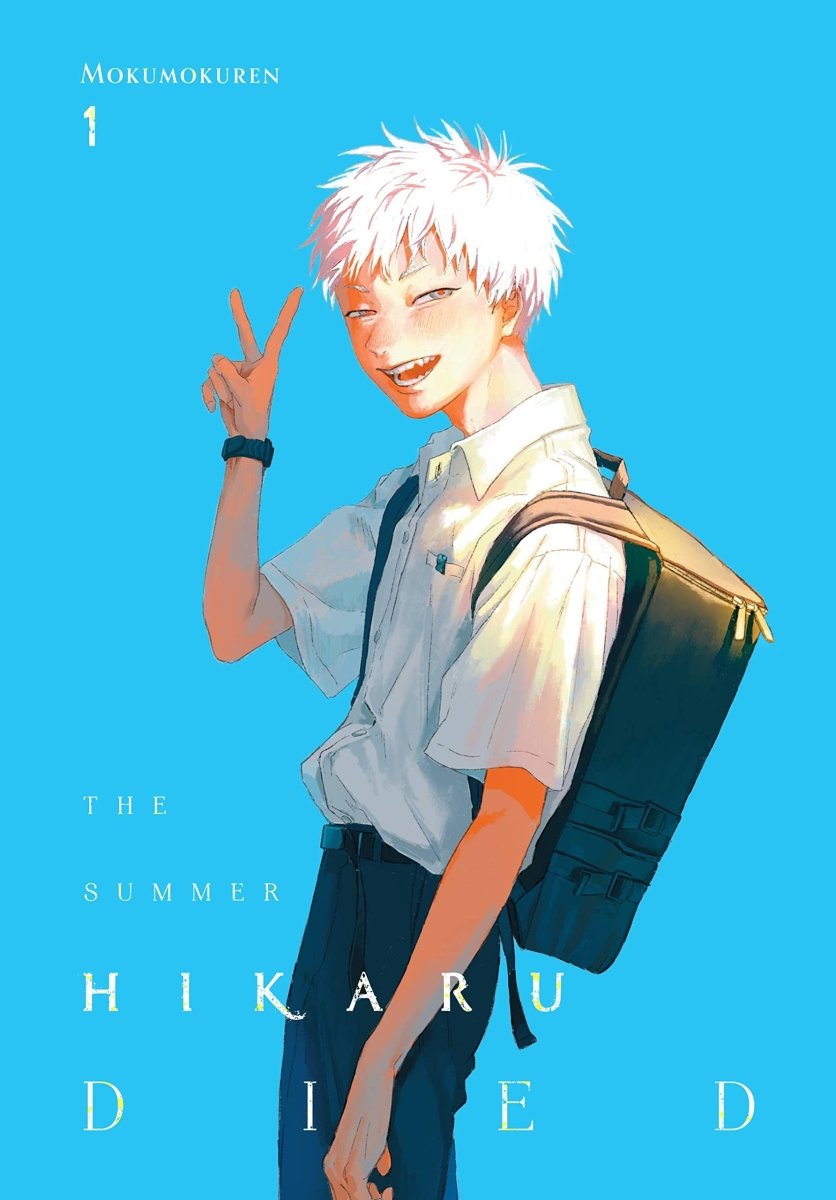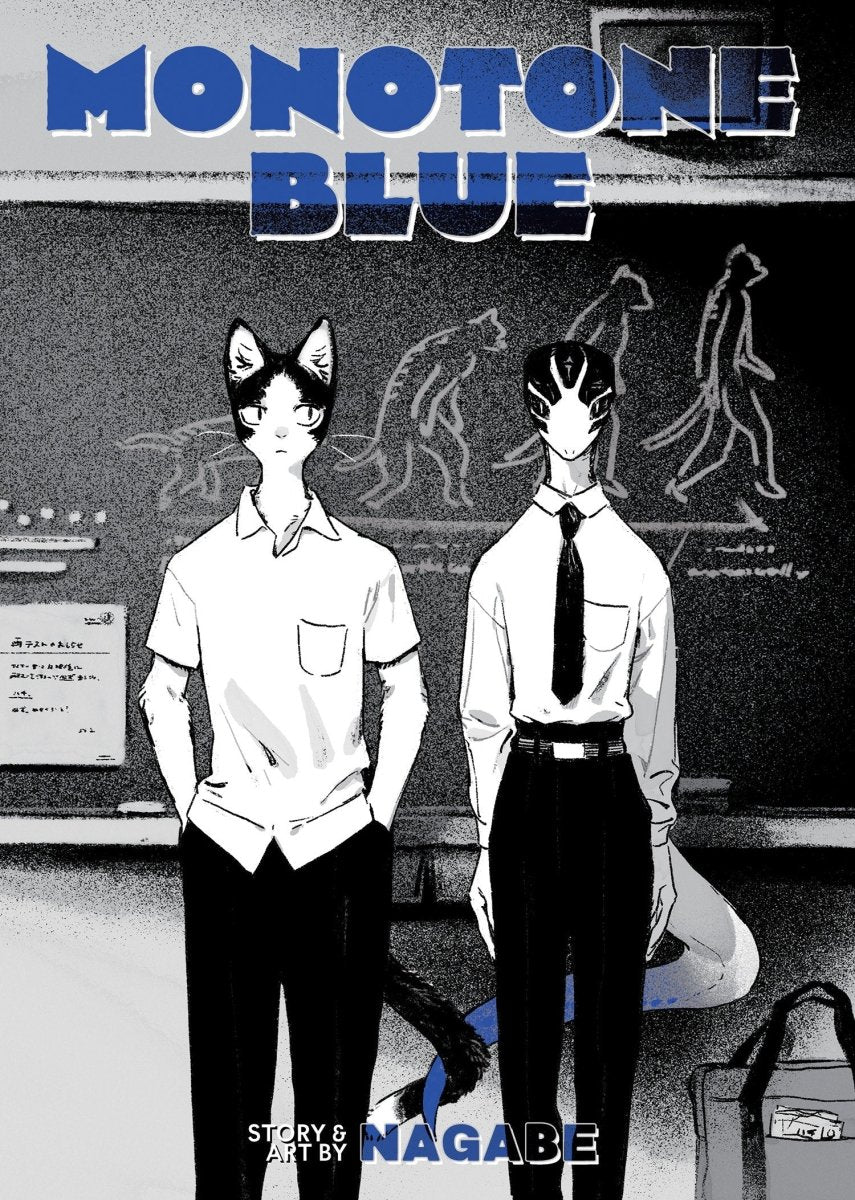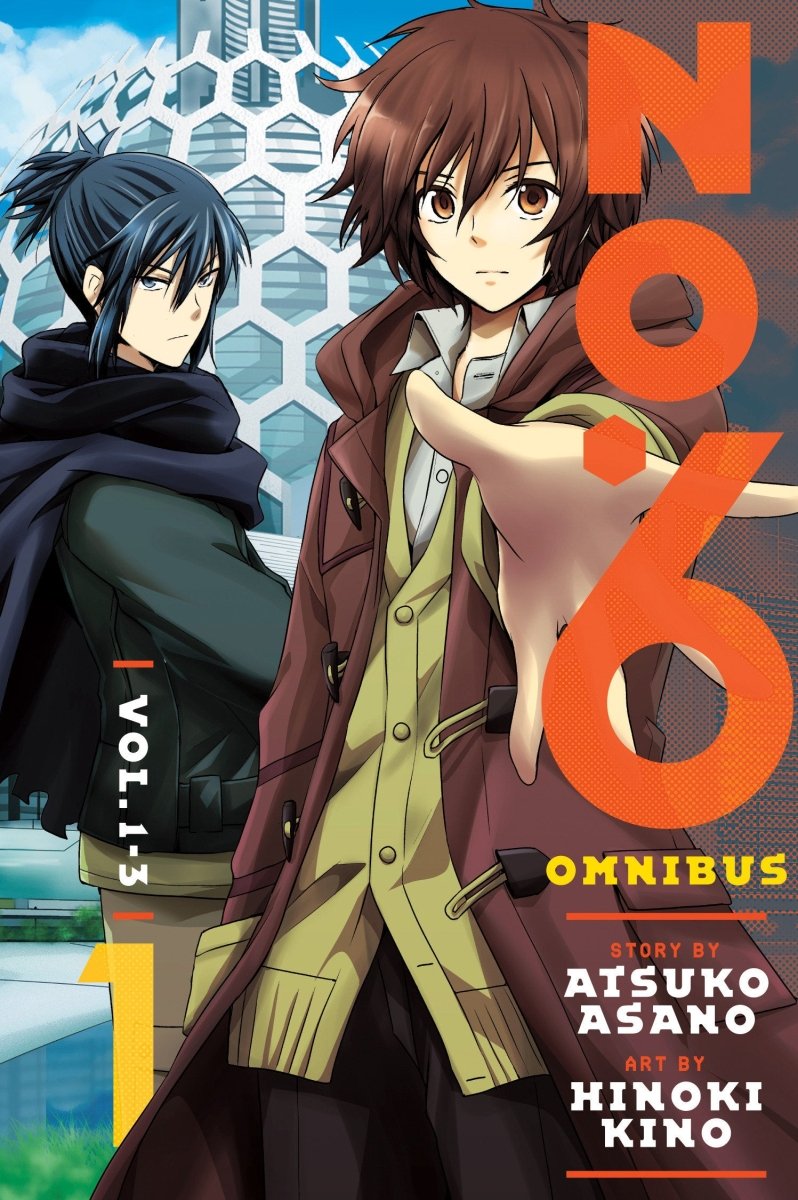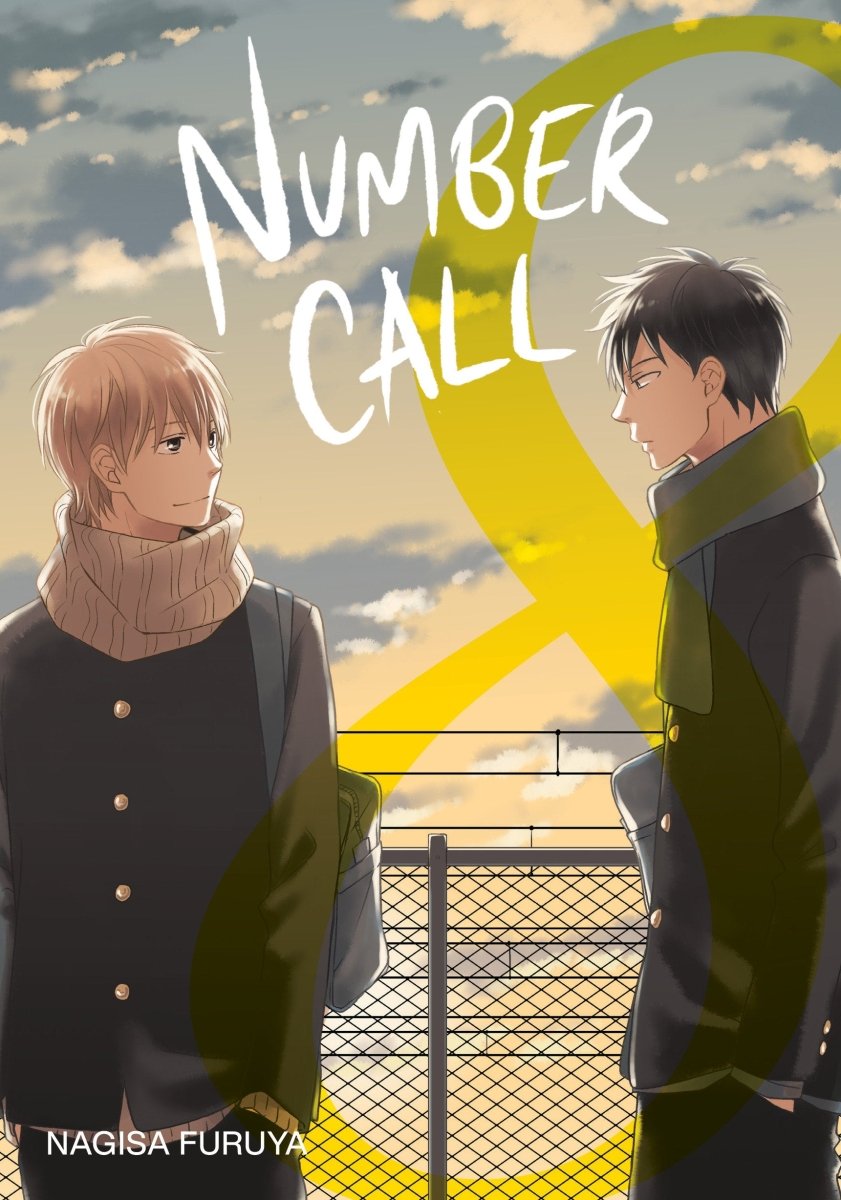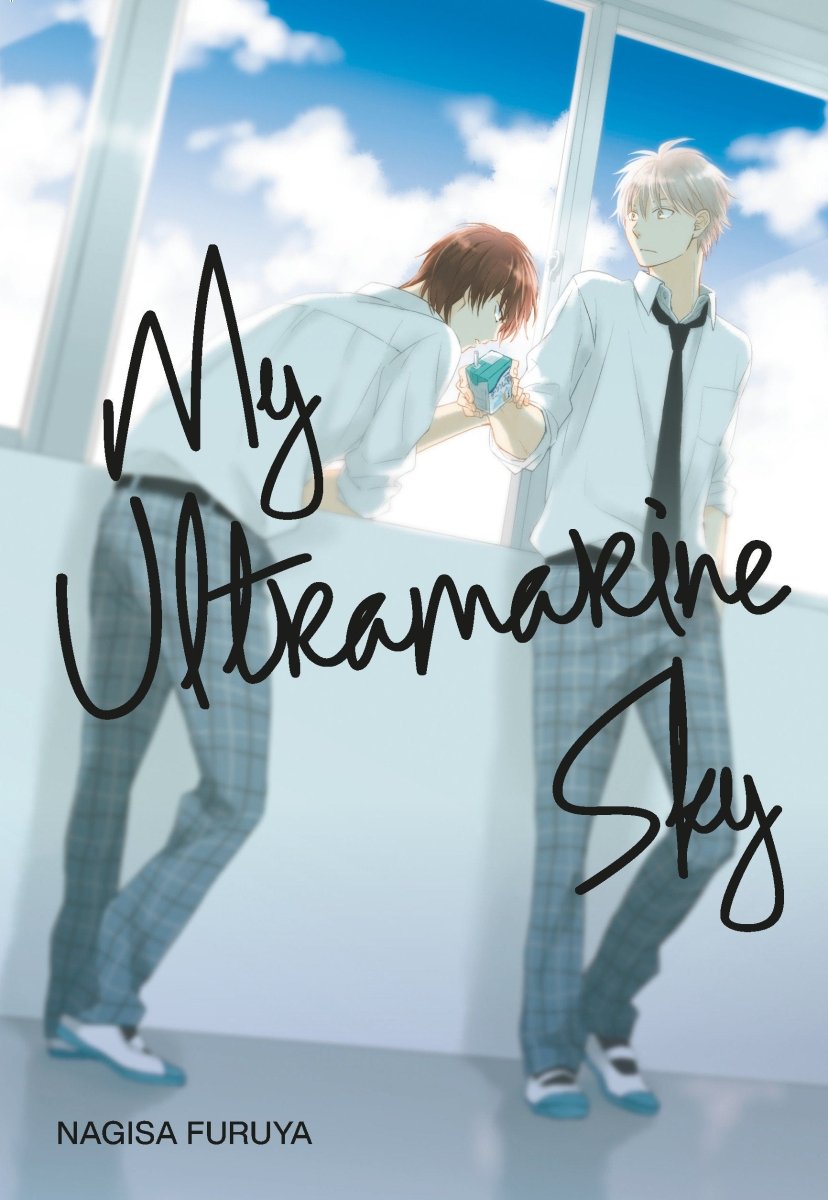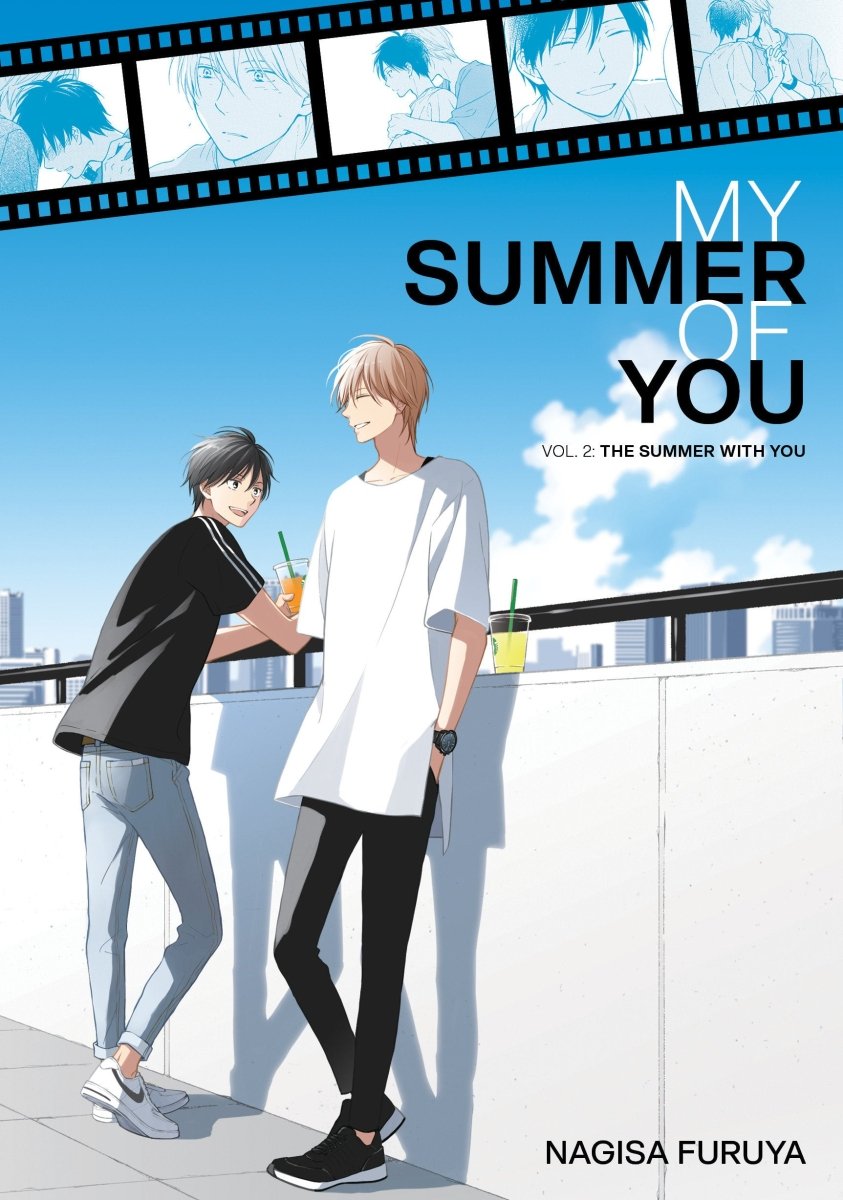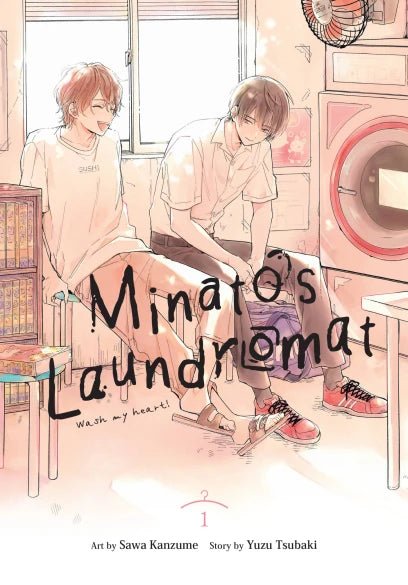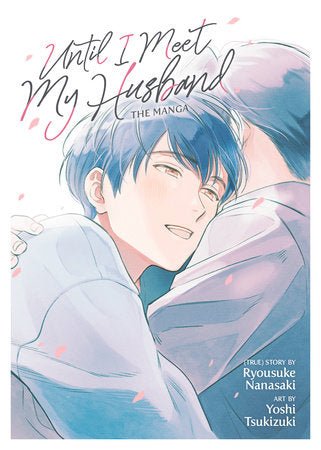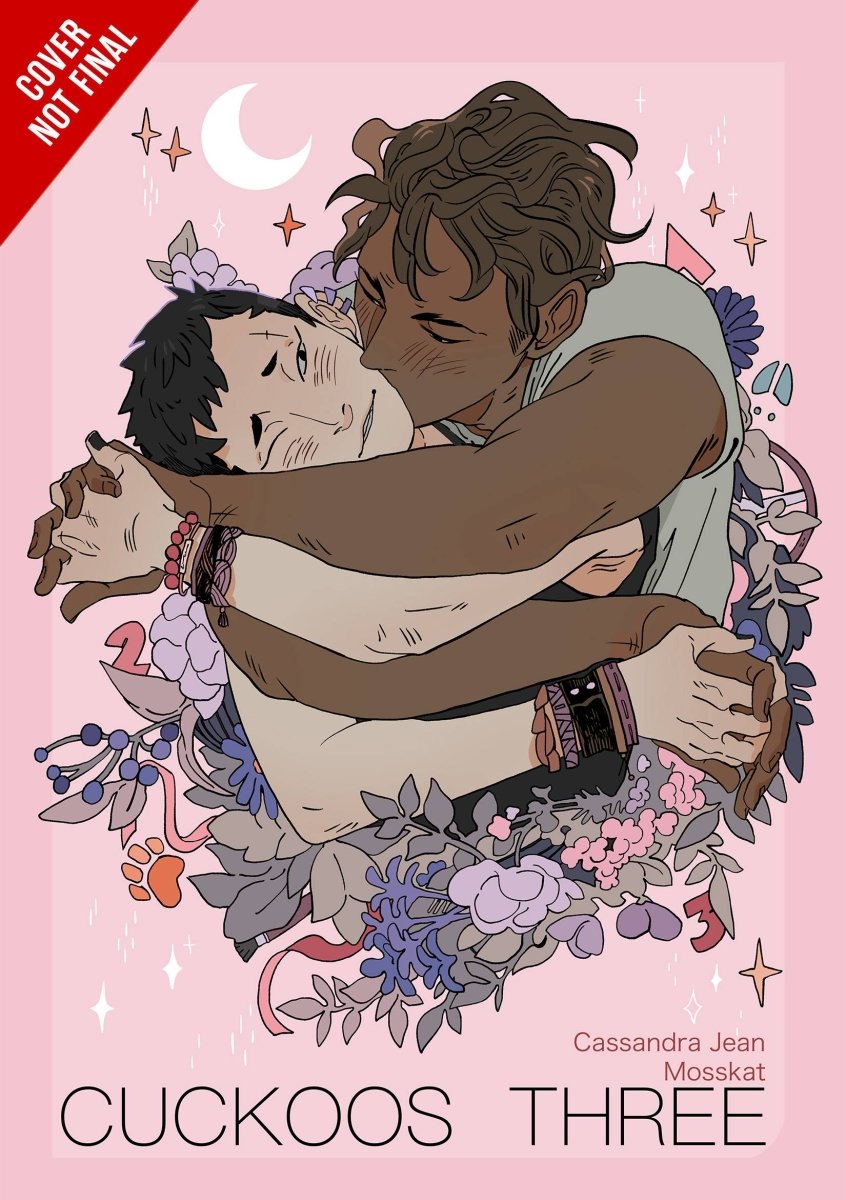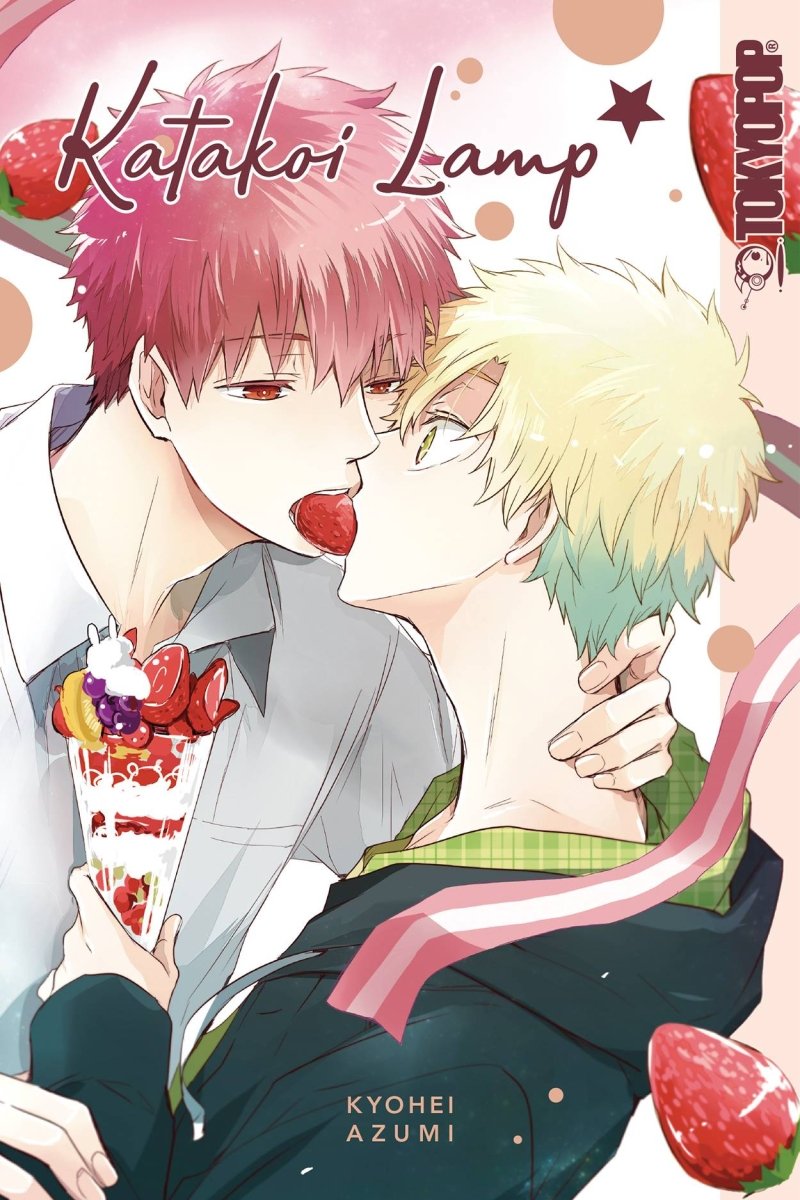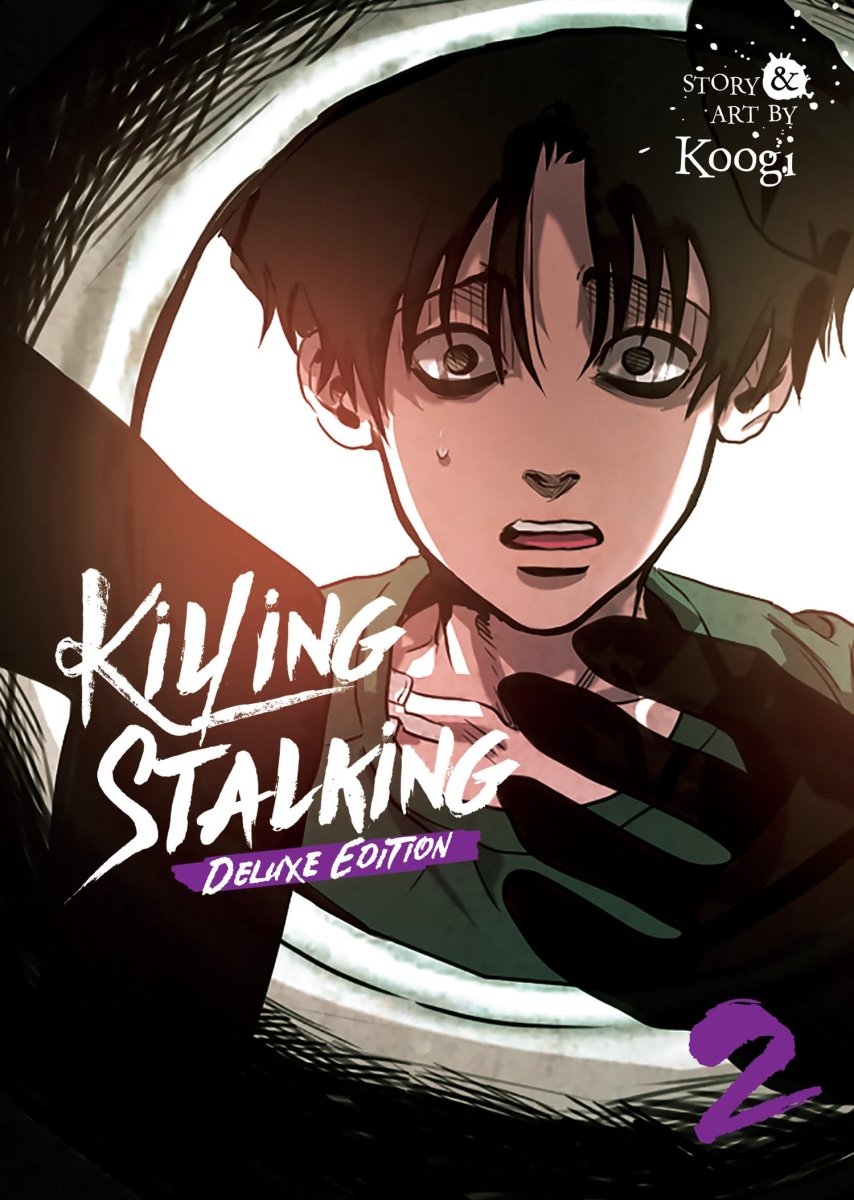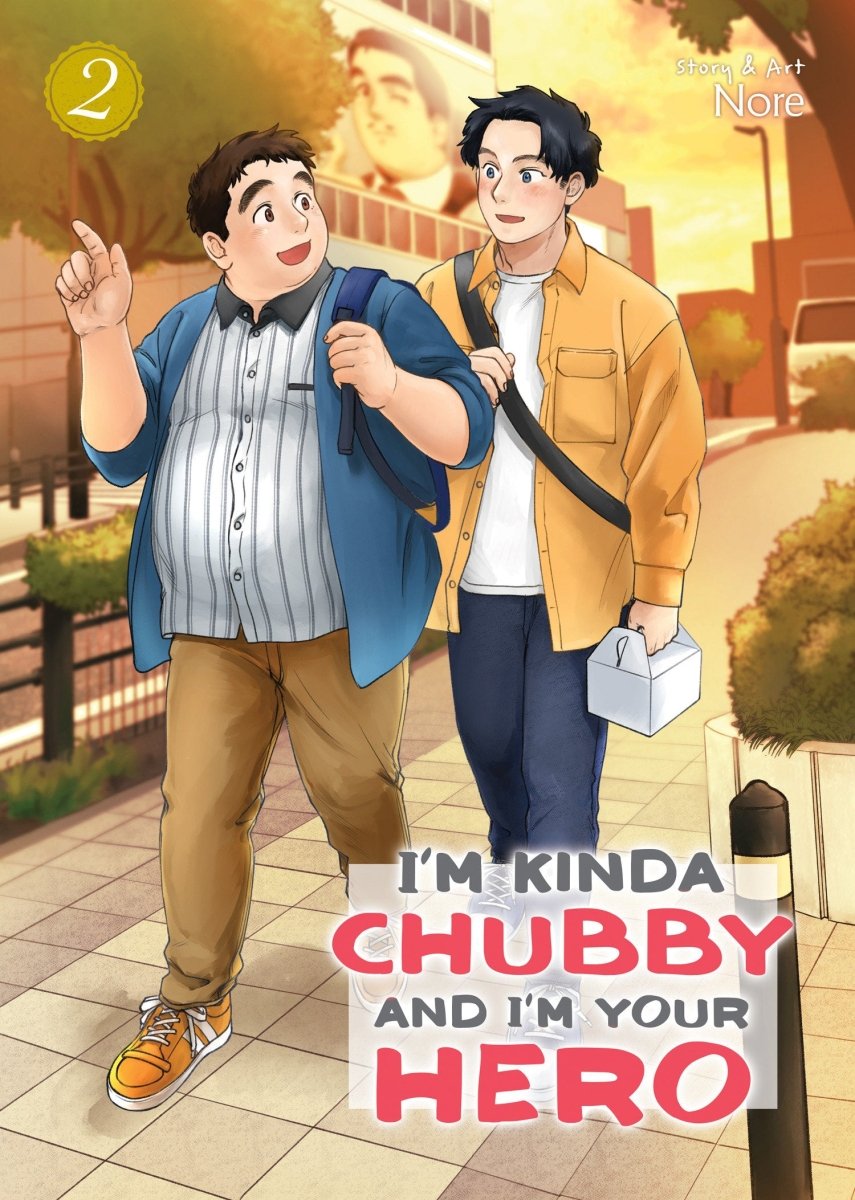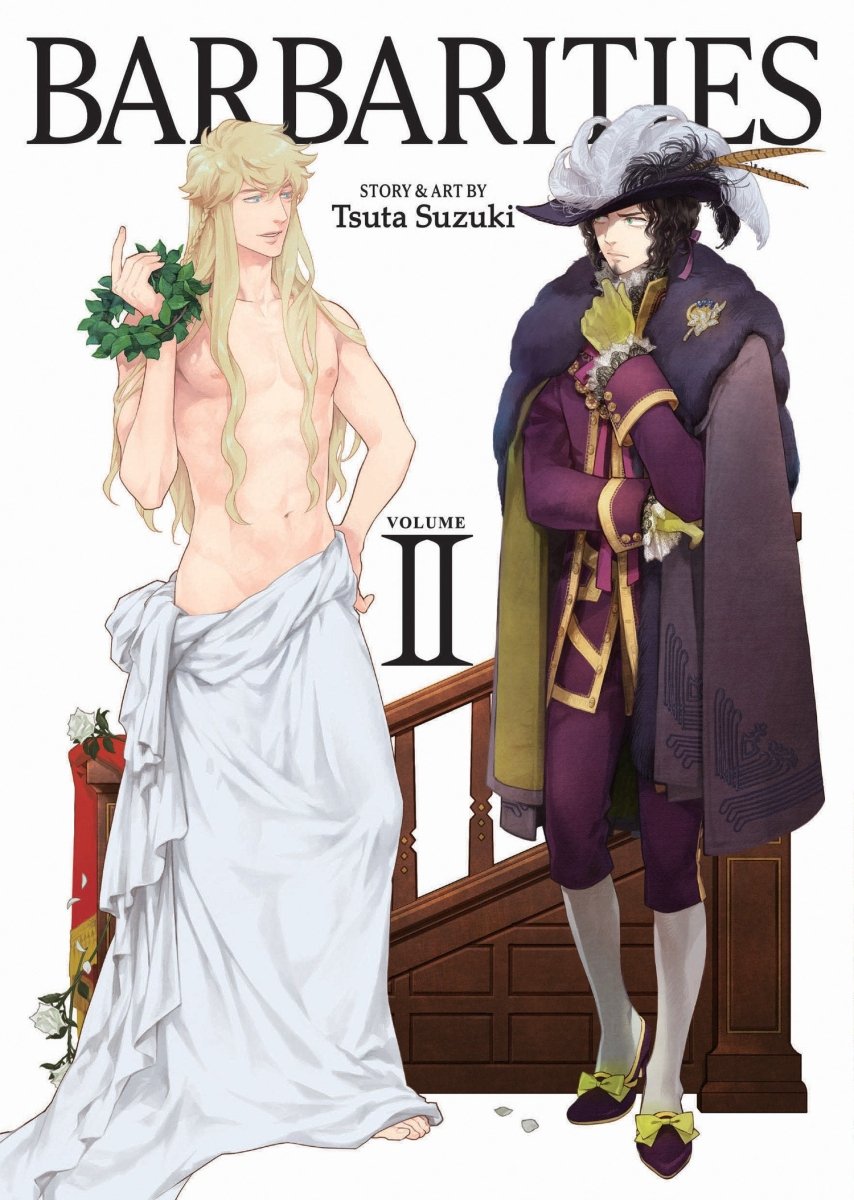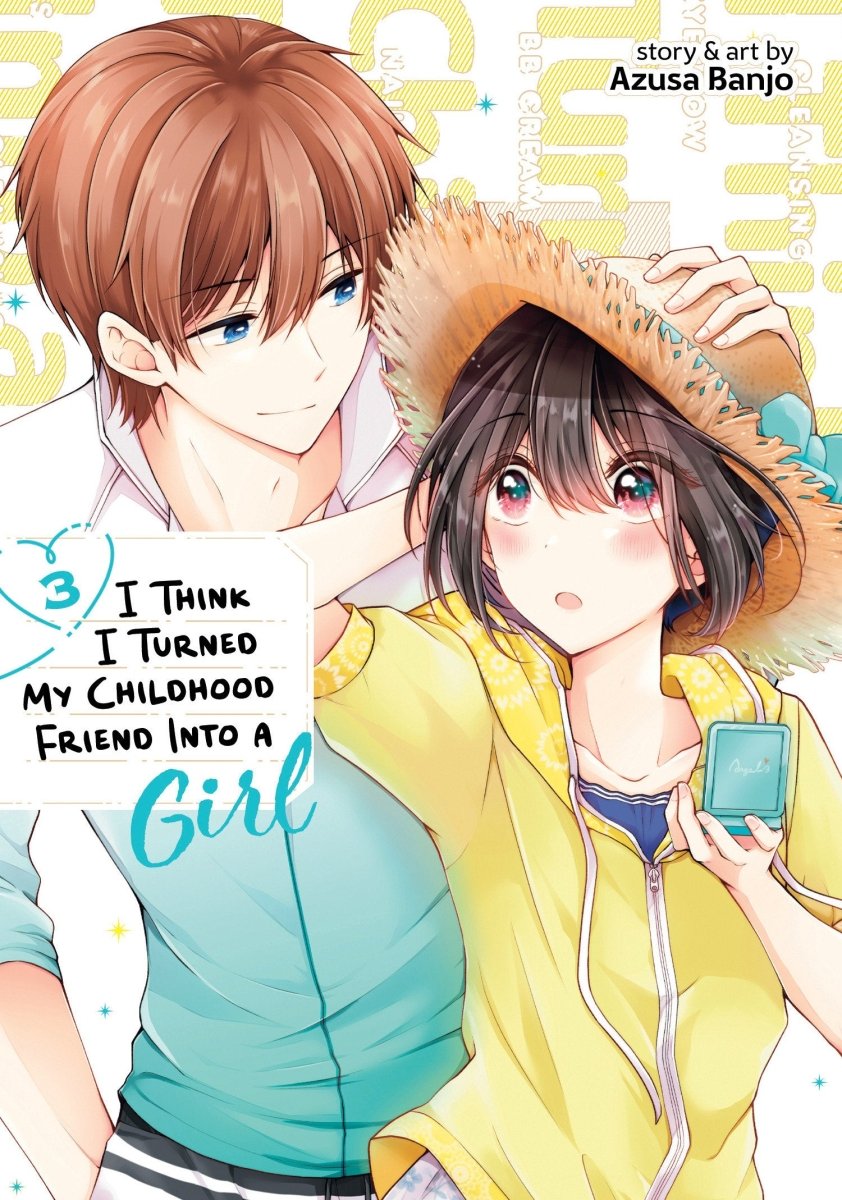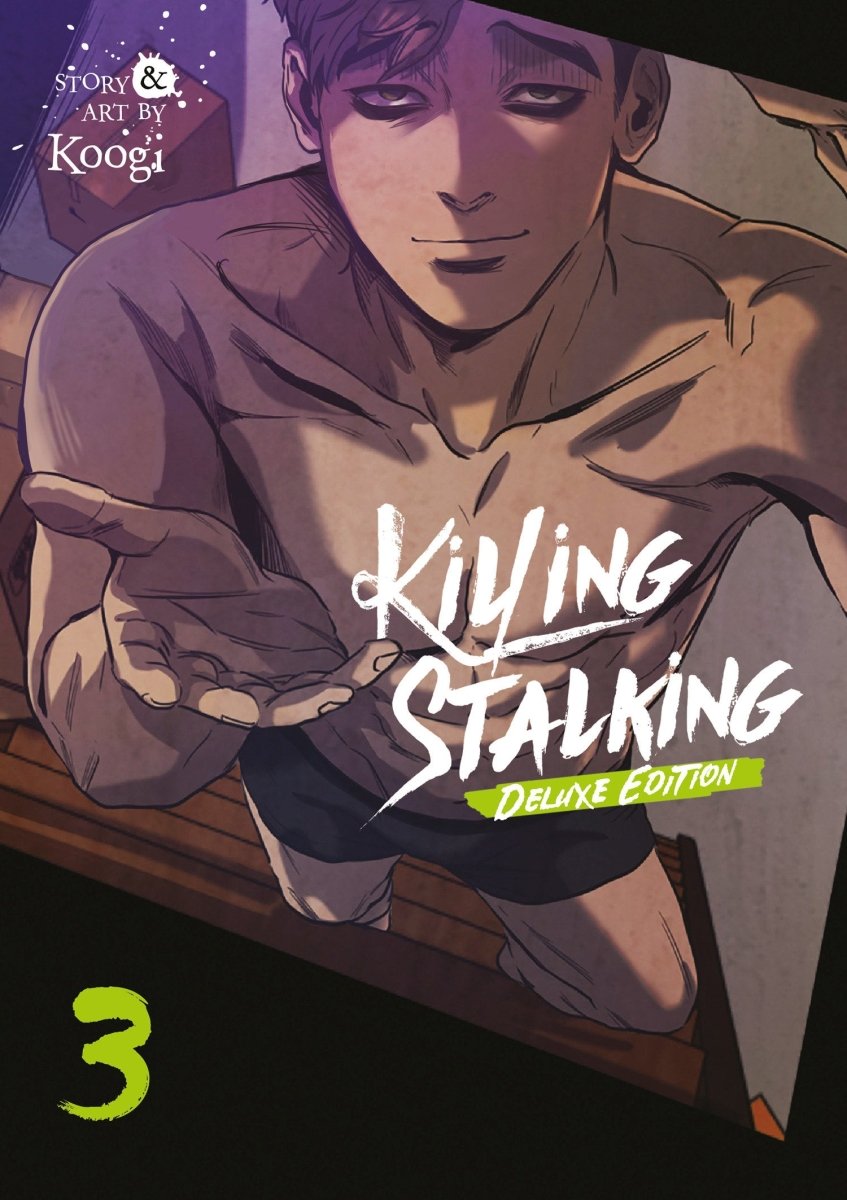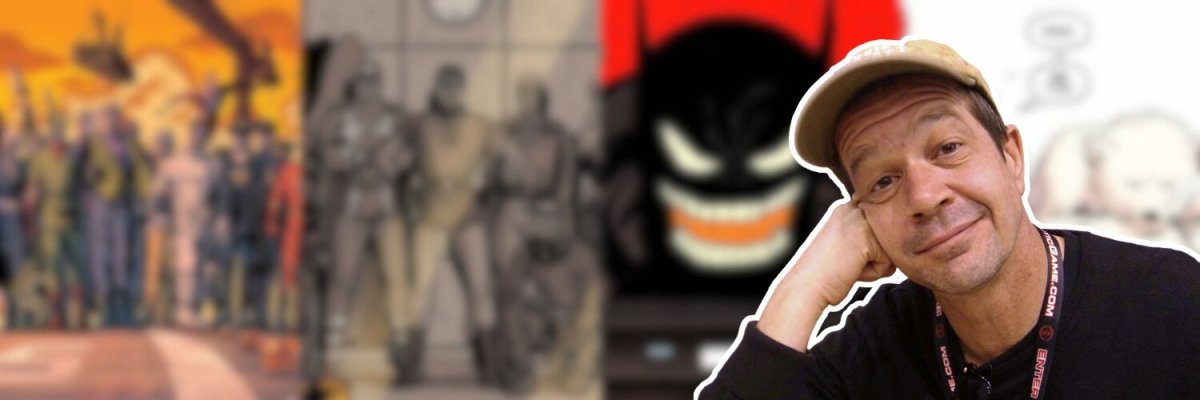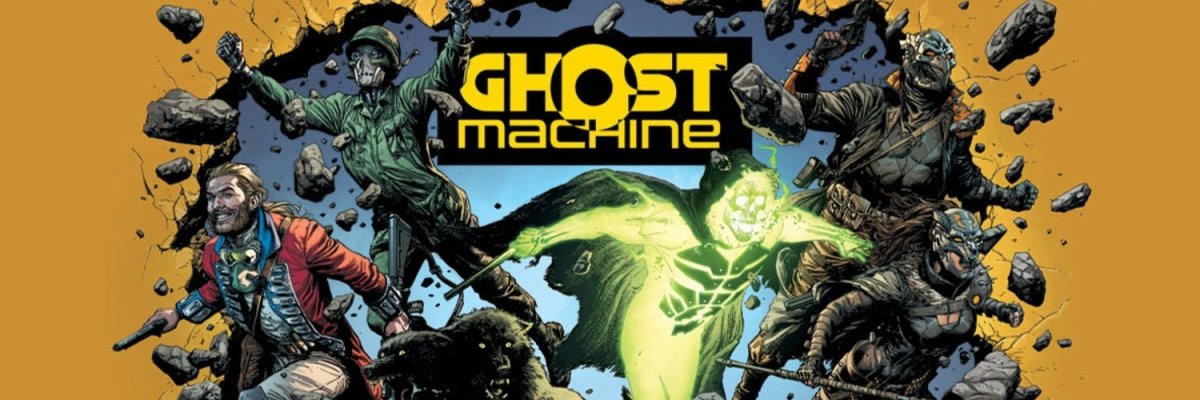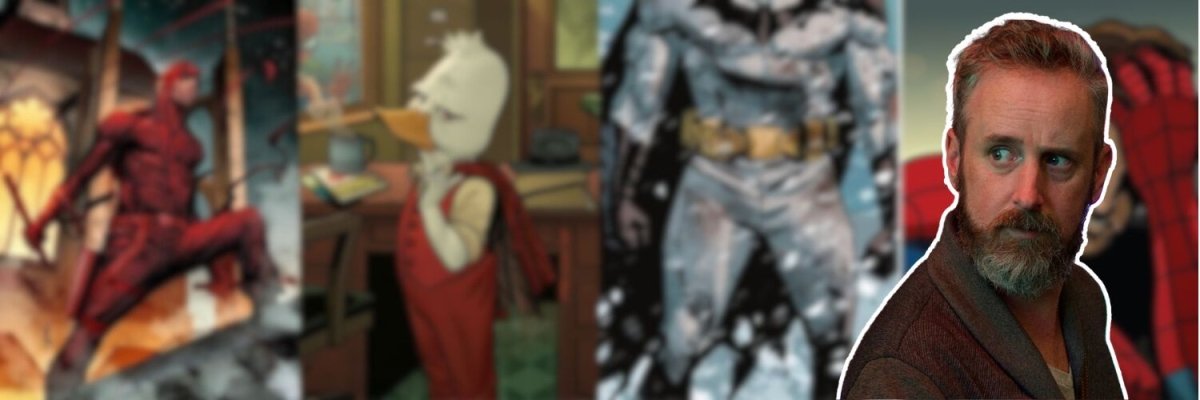
Written by Daniel
A nerd from day one, who will talk about his love for fiction and printed stories for hours!
One of the most common questions I get asked when people around me want to learn more about Manga is: What is the most popular genre?
While the definite answer is Shōnen – a genre focused on a young male audience with lots of action and fighting – there is another answer that may surprise you.
A few years ago, I had a long conversation with the owner of a local bookstore. I was shocked to learn that a large chunk of their revenue comes from Boys Love Manga. At the time, I hadn’t read much romance, let alone Boys Love. That got me hooked. What’s the hype about?
This article, in celebration of our Boys Love Week during Pride Month, is dedicated to my top 3 Boys Love Manga that truly made me understand what the hype is all about!
#3: NO. 6 – Finding Love in a Dystopian World
For my first recommendation, I want to take a look at my earliest memories with Manga.
As a child, I didn’t really differentiate between Anime and Western cartoons – like One Piece and Ben 10 – they were all just great animated stories to me. Although I had a slight feeling that there were some differences, I didn’t pay much attention to them.
However, after a few of my friends introduced me to some Anime in 2013, that began to change.
After watching Death Note and Sword Art Online, and realizing that they were their own unique thing, I was told that – similar to superhero movies and shows – there were original comics they were based on. This was amazing to me, as I loved diving deeper into stories after getting fed up with sitting in front of a screen for too long.
So, I went to the bookstore with a friend of mine and finally ignored the comic section for the first time to look at Manga. I immediately noticed that they were in black and white, and that you read them from the other side – how exciting!
For my first few books, I picked up two volumes of Death Note – to see if it was similar to the show – and a new story I hadn’t heard of before: No. 6.
No. 6, originally a series of novels by Atsuko Asano released from 2003 to 2011, was adapted into a Manga by Hinoki Kino in 2011 – which turned out to be PERFECT TIMING!
The early 2010s were filled with young adult dystopian novels, which I was already in love with. So, I was immediately hooked once I read a few pages of this Manga.
The city called “No. 6” is a seemingly perfect place where everything is controlled down to the smallest detail to ensure perfection. There is no crime, no pain – only peace and the pursuit of knowledge.
One of the people striving for knowledge is the elite student Shion, who is the ideal inhabitant of the city. This all changes when, one day, he offers shelter to an injured boy called “The Rat.”
The Rat lives outside the city, which intrigues the curious Shion. This curiosity not only changes Shion’s life, but also begins to unravel a deeper conspiracy about the city itself.
So, if you love classic young adult dystopian stories with a bit of romance to spice it up, No. 6 is the perfect Manga for you!
You can get the complete story in three omnibuses, each collecting three volumes of the nine-volume series.

#2: Monotone Blue – The Curse of Beauty
After a blast from the past, we arrived at the moment of my conversation with the local bookstore owner. Once I realized I already had some memories tied to a Boys Love Manga, I was eager to give another one a try. Picking just one was difficult – after all, one story could define the whole genre for me. So, I tried to find something I could truly resonate with.
A few months earlier, I had read The Girl From the Other Side by Nagabe – which I highly recommend! The story hooked me immediately and left a lasting impression for months. Because of the short name, I instantly recognized the mangaka’s name on a Boys Love Manga called Monotone Blue. The cover was beautiful, and it kind of reminded me of Beastars, one of my all-time favorite Manga.
So, I picked it up, went home, brewed some fruit tea, and started reading.
Spoiler: I completely forgot I even made tea – that’s how hooked I was.
This story is set in a world where humanoid animals live together in a society much like ours. The only difference is that their unique lifestyles – like hibernation or shedding – affect their daily lives. We meet Hachi, a bored cat boy who finds everything around him monotone. Meanwhile, a new student named Aoi – a shy lizard boy – transfers to Hachi’s high school. At first, Hachi doesn’t care about Aoi, but that changes when he catches a glimpse of Aoi’s colorful secret.
This Manga not only explores very human problems with perfect pacing, but also the idea of beauty as a curse – which hooked me throughout the whole one-shot Manga. Nagabe’s unique art style is the perfect fit for this story and conveys the themes of this very visual topic beautifully. Additionally, the two characters are three-dimensional and well written, making their conversations and conflicts feel even more realistic. The topic of beauty and the problems that come with it is definitely nothing new – but it feels fresh and unique when told through humanoid animals.
So, if you love stories with deep societal and philosophical themes, or if you’ve enjoyed other works by the Mangaka or stories like Beastars, you should definitely check out the one-shot Manga Monotone Blue – just the perfect read for a cozy evening… and to forget you brewed tea!

#1: How The Summer Hikaru Died challenges the idea of what it means to be ourselves…
We’ve finally reached my favorite Boys Love Manga. For this one, I want to dive a bit deeper into what makes it so special to me.
What does it mean to be ‘me’? A question that has plagued humanity since the dawn of time.
Maybe it’s our physical body that determines where our sense of self begins and ends. But sometimes, our senses trick us, creating a dissonance between me and my body. So it can’t fully be me if it can deceive me.
Maybe we’re just our brain, and the body is an extension of it. But I still feel like myself when I look in the mirror and see my physical appearance. So I can’t completely ignore my physical form.
Maybe I’m made up of my memories and everything I’ve experienced. But if you talk to other people, you’ll realize that memories can be faulty. So I can’t just be a product of corrupted data.
Man… this is difficult to answer…
If you were to ask René Descartes, he would answer with his famous phrase: “Cogito, ergo sum” – I think, therefore I am. I assume most people have heard this phrase before. It represents the idea that nothing can be fully proven, except the fact that I, as an individual, am thinking. Thus, I do exist.
In my opinion, the truth must be a mix of all four ideas. I do feel like my body and my mind are me, but I also know that my memories shape who I am. And finally, I feel real by thinking.
Perfect! Now we have our solution – right?
Well, what if another entity takes over my body, my mind, my memories, and my thinking?
Is it still me?
This idea is explored in the horror/slice-of-life manga The Summer Hikaru Died.

What is The Summer Hikaru Died about?
Despite their differences in personality and interests, Hikaru and Yoshiki are best friends. They grew up together in a quiet, uneventful town in Japan and are now on the verge of adulthood. While their hometown may seem peaceful on the surface, there are forces at play that the townspeople don’t fully understand – only that they must be avoided.
One day, Hikaru decides to hike up a mountain that is off-limits to everyone. He goes missing, sending the town into shock. When he returns, everyone is baffled by how he survived without help after being fatally injured.
The town is relieved that he’s back and recovering – everyone except Yoshiki.
Although this ‘thing’ has all of Hikaru’s memories and feelings, Yoshiki senses that something is wrong. He’s convinced the real Hikaru is dead.
Now, Yoshiki – who always had complicated feelings for his late best friend – is trying to uncover what really happened to the real Hikaru, and how to deal with this being that wears his face.
Things only get more difficult as passion, memories, mysterious entities, and even hunters enter the picture.
The series is still ongoing, with five volumes available so far!
- The Summer Hikaru Died GN Vol 01
- The Summer Hikaru Died GN Vol 02
- The Summer Hikaru Died GN Vol 03
- The Summer Hikaru Died GN Vol 04
- The Summer Hikaru Died GN Vol 05
The Perfect Read for your Existential-Crisis-Summer
This story has several unique elements that make it one of my must-read recommendations for the summer…
Firstly – the most obvious – the art is gorgeous and fitting! Mokumokuren, the Mangaka of this story, delivers very clean linework that creates a sense of realism. This stands in stark contrast to the nausea-inducing style he uses whenever anything occult or spiritual is happening. Although this stylistic switch can happen from one panel to the next and still achieve its intended effect, it's even scarier when a realistic and clean panel is suddenly corrupted by a small element of the occult. This not only works well with the plot and the vibe Mokumokuren wants to create, but it also looks absolutely beautiful!

Secondly, Mokumokuren uses different elements of Japanese folklore and mythology, which is incredibly interesting to explore. While regular Manga readers like me will already know a few things about Japanese culture surrounding ghosts and eldritch beings, I feel that this series actually taught me something new. The spiritual elements of Japanese culture in this Manga feel very authentic and respectful. It gives me the impression that the Mangaka grew up with these stories and also did additional research to represent this aspect of Japanese culture in a thoughtful way.
Thirdly, it is an incredibly important story about growing up, discovering who you are, and questioning your own sexuality.
Although Yoshiki quickly assumes that this Hikaru is not the real one, he is still confronted with the confusing feelings he always had for the original Hikaru. These feelings become even more complicated when this being shows access to the emotions the old Hikaru once had.
It seems Yoshiki wasn’t the only one who felt there was more than just friendship between the two boys.
This particular love story is not only tragic and thrilling due to the plot, but it also reflects how young queer people grow up in secluded areas with a rather conservative view of the world and love – leaving them with no one to talk to.
Both characters question themselves and their sexuality throughout the story, which fits perfectly with Hikaru’s character, who already has much to question about himself.
This identity crisis, especially in Hikaru’s case, is something many readers can relate to – particularly those who grew up under similar circumstances as queer individuals.
Finally, the story is absolutely gripping to read. While it is clearly about identity crises and closeted sexuality, it becomes increasingly thrilling with each volume due to the mystery surrounding Hikaru’s disappearance and reappearance.
Several characters grow more and more suspicious, which creates tension with Yoshiki, who can’t switch off his feelings for Hikaru – whether he is the real one or not.
When I opened the first volume of this story a few months ago, I immediately knew I would follow it to the end.
Incredibly beautiful artwork, fascinating insights into Japanese culture and mythology, a thrilling plot, and – most importantly – a perfect premise for telling a deep, philosophical story about identity crises and discovering your own sexuality.
Just perfect!
A must-read for Pride Month – and for anyone curious to try a Boys' Love story!
I know that the Manga community is a bit torn when it comes to Boys' Love. Although it’s one of the best-selling genres in Manga, some people avoid it – whether due to prejudice or simply because they haven’t had the chance to read it yet.
However, No. 6, Monotone Blue, and The Summer Hikaru Died are some of the best entry points for anyone wanting to try out Boys' Love.
While not everyone may personally relate to the queer themes in these stories – such as exploring one’s own sexuality or struggling with societal norms – each of them offers a new perspective for those who want to educate themselves further.
That makes them especially perfect reads for Pride Month.
For those who can relate, these stories offer a deeply beautiful portrayal of struggles you may have faced while growing up.
They can also support those currently going through similar experiences by showing them they are not alone.
All in all, these Manga are not only beautiful stories for the LGBTQIA+ community, but also the perfect read for Pride Month!
Happy Pride and happy reading!

